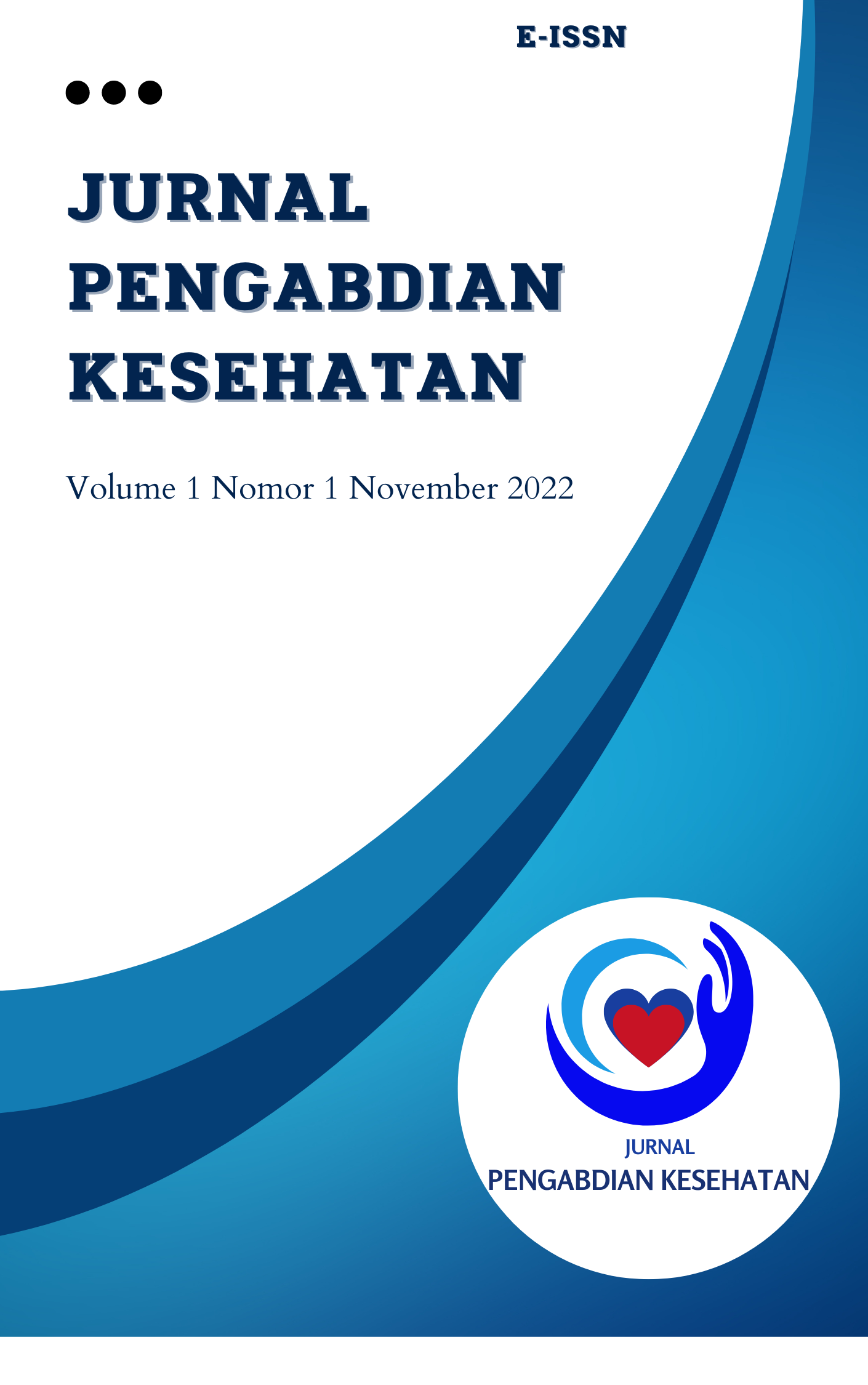Development of a Qualitative Audit Interface to Support KLPCM in Electronic Medical Records at Regional General Hospital X
DOI:
https://doi.org/10.58222/jupengkes.v3i2.1382Keywords:
Qualitative audit, digital interface, KLPCM, EMR, service qualityAbstract
Qualitative audits are a crucial component in evaluating the quality of healthcare services through the KLPCM system. However, at Regional General Hospital X, the audit process is still performed manually using spreadsheets, which leads to inefficiencies and a high risk of errors. This community service project aimed to design a digital interface for qualitative audits to enhance the effectiveness of audit activities and support integration with Electronic Medical Records (EMR). The method used was Participatory Action Research (PAR), involving observation, interviews, and the collaborative design and validation of a prototype with audit staff and field supervisors. The results showed that the proposed interface design reduced administrative workload, improved data accuracy, and expedited reporting processes. The prototype received positive responses from users and is expected to serve as an initial step toward the digital transformation of hospital quality audit systems
References
Anjani, R., Lestari, W., & Prabowo, H. (2023). Digitalisasi Audit Mutu di Rumah Sakit: Tantangan dan Peluang. Jurnal Manajemen Informasi Kesehatan, 8(2), 112–120.
Hartati, S., Nugroho, D., & Fitriana, M. (2023). Evaluasi Implementasi Sistem Mutu Terintegrasi di Fasilitas Kesehatan. Jurnal Kesehatan Terpadu, 5(1), 45–53.
Kusuma, A., & Hartati, R. (2020). Kesenjangan Pengembangan Sistem Evaluasi Mutu di Rumah Sakit. Jurnal Teknologi Informasi Kesehatan, 6(3), 89–95.
Putra, A. D., & Wicaksono, R. (2022). Peran Sistem Informasi Terintegrasi dalam Audit Pelayanan Medis. Jurnal Sistem Informasi dan Kesehatan, 7(1), 21–29.
Riswanda, D., Hidayat, T., & Sari, R. (2022). User-Centered Design dalam Pengembangan Aplikasi Audit Medis. Jurnal Informatika Medis, 9(4), 134–141.
Setyowati, L., & Wulandari, E. (2021). Audit Rekam Medis dalam Program Kendali Mutu Rumah Sakit. Jurnal Administrasi Kesehatan, 4(2), 55–63





_1.png)



